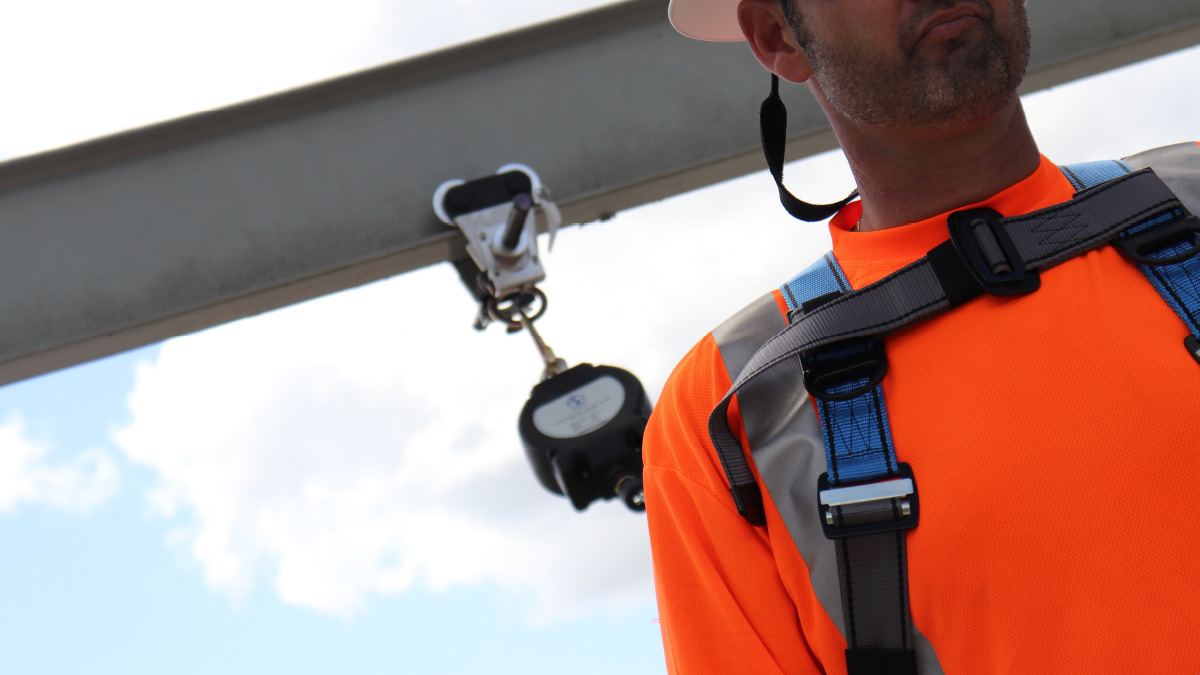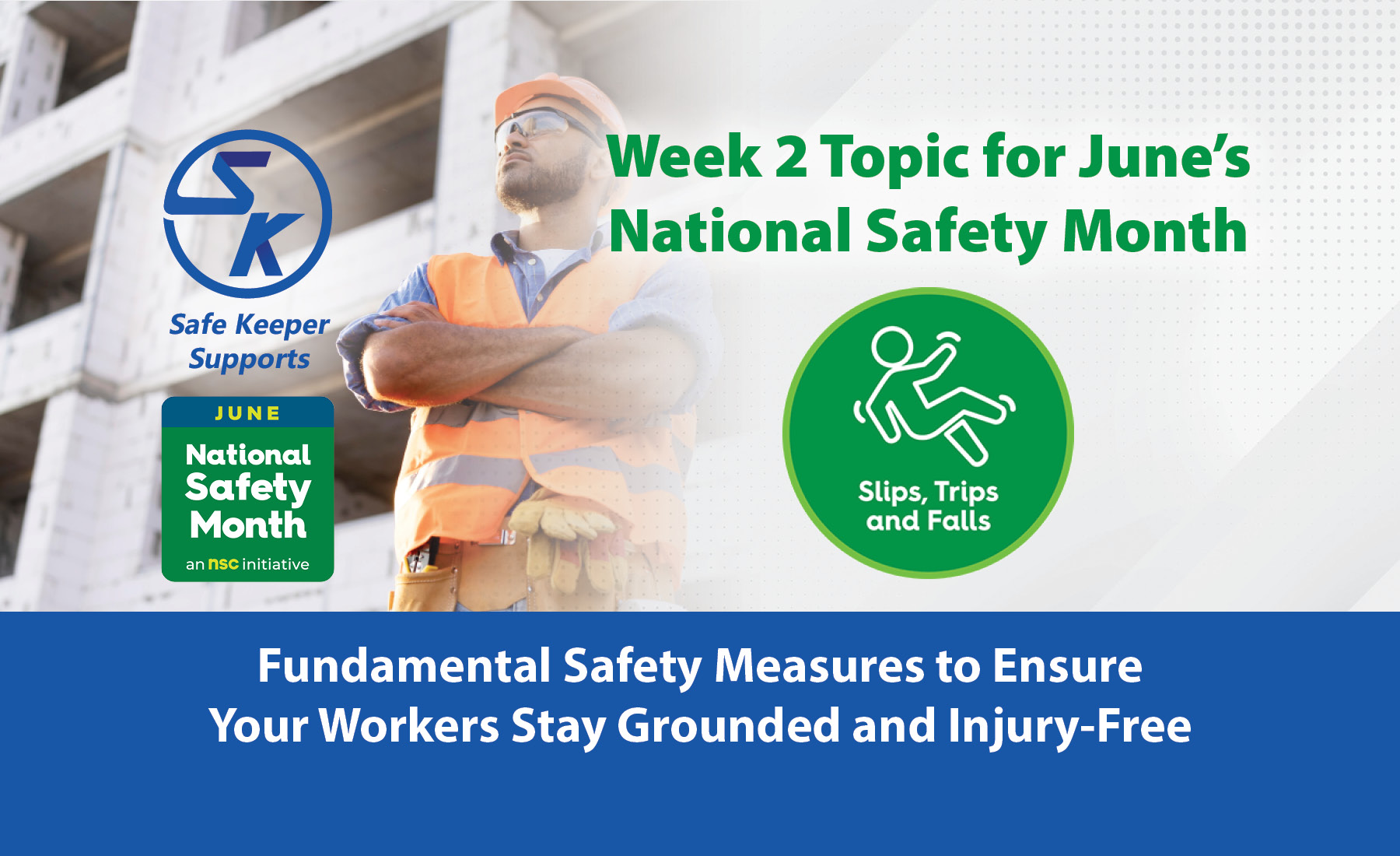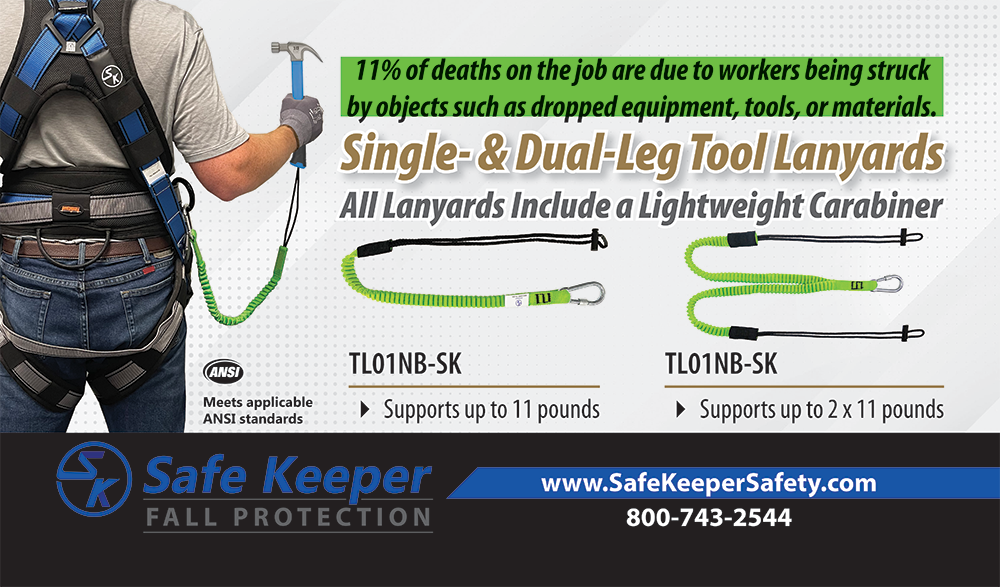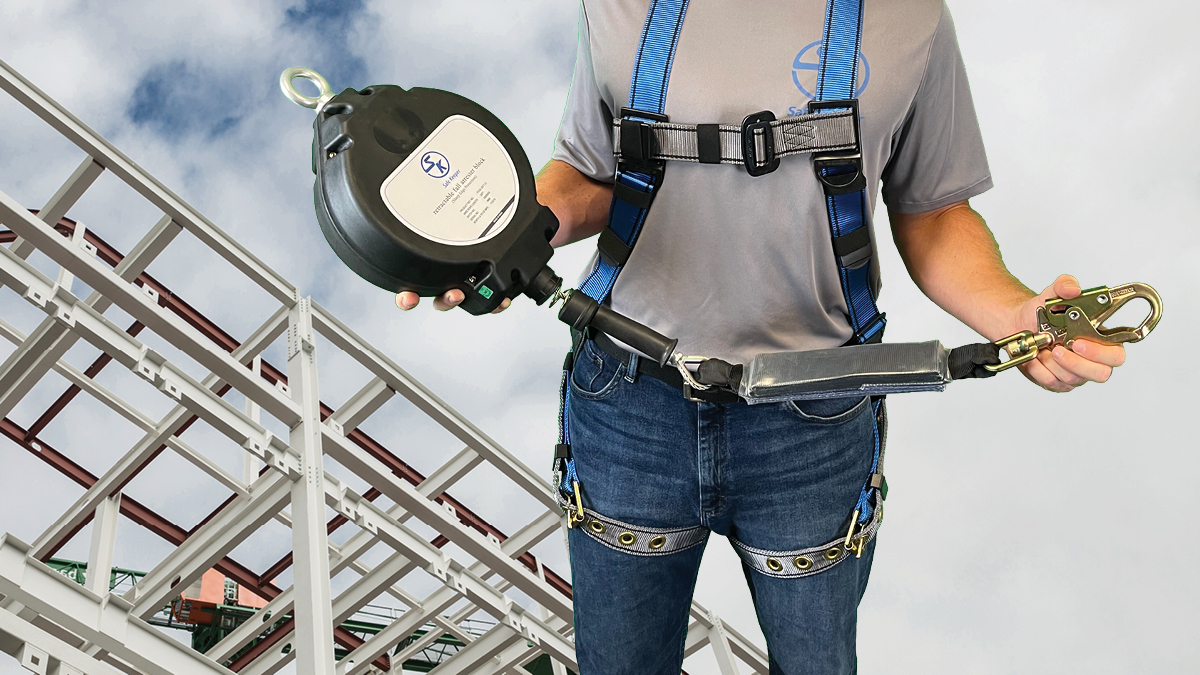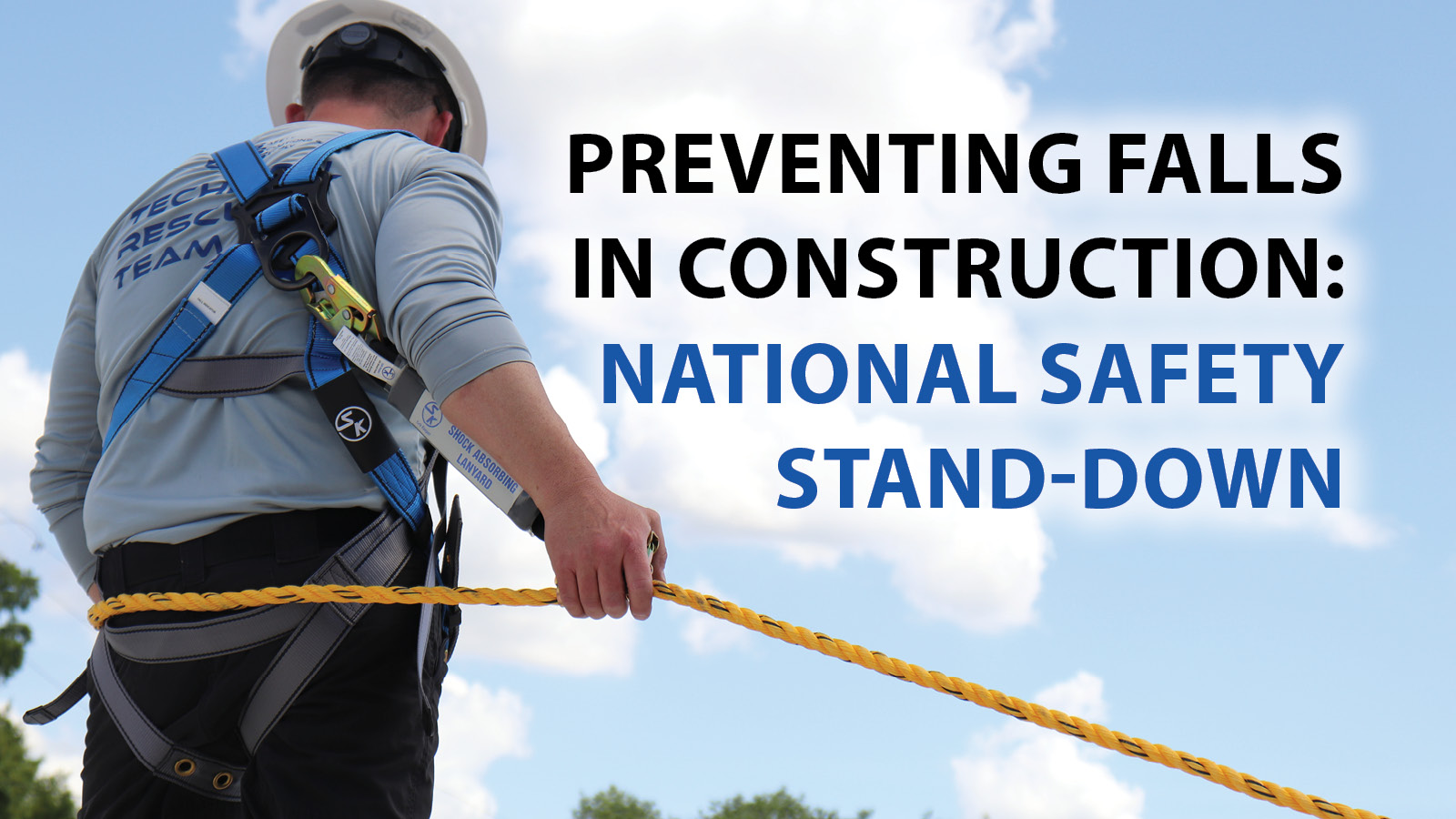There are three vital components of a Personal Fall Arrest System (PFAS) to provide maximum fall protection and they begin with the letters A, B, and C—Anchor/Anchorage Point, Body Support, and a Connector. Selecting the proper ABCs is critical to create a safer environment and prevent severe injuries or even deaths at your workplace, especially when working from height.
Anchors/Anchorage Points
An anchor completes a fall arrest system when attached to a suitable anchorage point. The best harness on the market that is attached to the best lanyard or self-retractable lifeline will not arrest a fall with an unsuitable anchorage point.
The Occupational Safety and Health Administration (OSHA) defines a safe anchorage point in Section 1910.66 (Appendix C) as follows:
“Anchorages to which personal fall arrest equipment is attached shall be capable of supporting at least 5,000 pounds per employee attached, or shall be designed, installed, and used as part of a complete personal fall arrest system which maintains a safety factor of at least two, under the supervision of a qualified person.”
Whenever possible, position the anchorage directly overhead to avoid a swing fall, which may cause injury. Most importantly, take into consideration how a rescue would take place when selecting anchorage.
Fall protection equipment deteriorates over time, so be sure to inspect it for wear and damage after each use.
Body Support
A full-body harness is a body support device that distributes fall arrest forces across the shoulders, thighs, and pelvis. Be sure to choose the right equipment for the job. Users must pick a harness designed for their application. Wearing the wrong type of harness for a job puts workers at risk for injuries and even death in the event of an accident.
Each harness consists of a series of distinct components that include D-rings (located on the side, rear, or front), a type of webbing, and lanyard rings. Each provides specific solutions for different work environments.
For example, the Wolverine Repel™ line of safety harnesses are for workers in a greasy environment, providing oil/chemical resistant protection, and the Phoenix Arc™ harness is for welders or electricians, who must have fire-resistant protection.
Another aspect of the harnesses is proper fitting. Ensure your harness fits well and the straps are adjusted accordingly.
Connectors
If connected properly, a connection device such as a self-retracting lifeline or lanyard along with a connected harness and anchor will decrease the force of a sustained fall. Subject to the work application, workers should always check the suggested connection piece.
When selecting the correct connection, whether lanyards or self-retractable lifelines, it is crucial to consider the work application and fall clearance distance due to the variety of lengths available. For example, when working with leading edges, fall protection equipment should include leading-edge technology. This technology in lanyards and self-retractable lifelines allows the equipment to absorb more energy and impact associated with a fall.
Each of our Walkabout Robust, Joey Lightweight, and Dingo Core product lines has leading-edge technology available.
In case of a fall, these components will not provide fall arrest when used individually or used together incorrectly.
